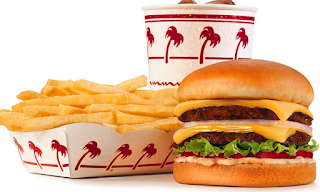 |
| Food for Children With Cerebral Palsy |
Cerebral palsy can result in altered growth, failure to thrive and delayed or altered oral motor skill development that can result in aspiration. People with cerebral palsy may also have difficulty feeding themselves due to lack of motor skills. Common nutritional problems in cerebral palsy are inadequate intake of energy, protein, calcium, and vitamins. In addition to working with a dietitian and physician, it is often beneficial for children with cerebral palsy to work with a speech therapist to develop oral motor skill development.
General Diet Guidelines
People with cerebral palsy need to consume a balanced diet that includes an adequate amount of calories and protein. The diet should include a variety of whole grains, fruits, vegetables, dairy products and lean proteins. This will provide a variety of vitamins and minerals, which can help prevent common nutrient deficiencies. In order to achieve an adequate amount of calories, a meal replacement drink may be used.
Ketogenic Diet
Seizures are common in children with cerebral palsy because of brain injury. The ketogenic diet is often used to help reduce seizures in children and is a popular treatment. The ketogenic diet is a high fat, low carbohydrate diet. Fat is burned in order to compensate for low glucose due to the low intake of carbohydrate. As a result, ketones, a byproduct of metabolism, build up in the blood and prevent the seizures. The ketogenic diet provides 3 to 4 grams of fat for every 1 gram of carbohydrate. Calcium, vitamin D, iron and folic acid are often supplement to prevent nutrient deficiencies. This diet is more effective in children than in adults.
Depending on the severity of cerebral palsy, oral nutrition may be needed. In some cases, tube-feedings are needed to meet nutritional needs. One option for long-term nutrition is using a PEG, which is gastric tube that is surgically put in place. Several healthcare professionals are involved in treating cerebral palsy and include a physician, registered dietitian, speech therapist and a physical therapist. These healthcare professionals, along with others, can develop a treatment plan based on individual needs.

No comments:
Post a Comment